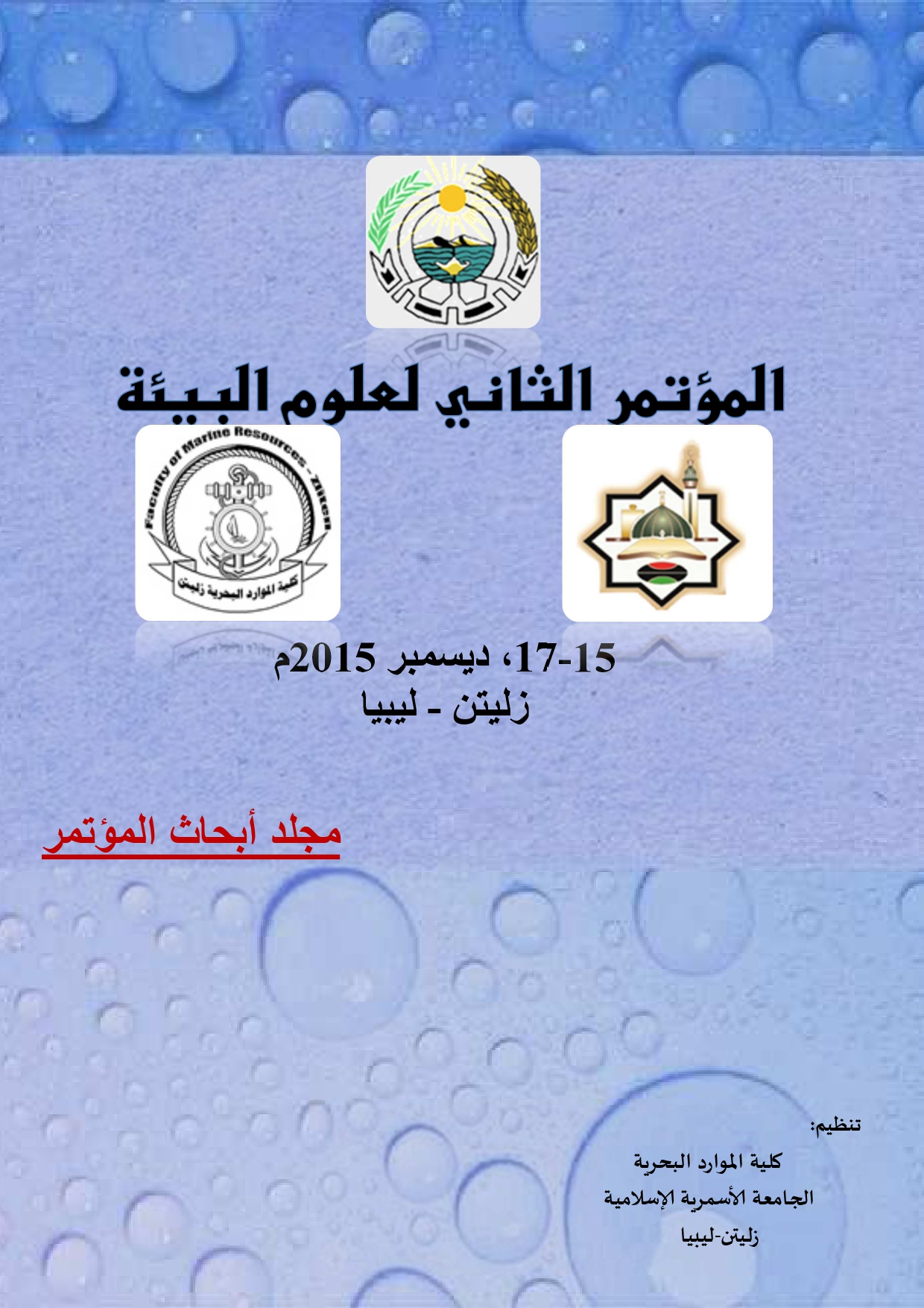Energy recovery from treatment of a municipal-type wastewater in UASB reactors at ambient temperatures
الكلمات المفتاحية:
Energy Recovery، UASB reactor، wastewaterالملخص
The research assessed the potential of upflow anaerobic sludge blanket (UASB) reactors operated at very low upflow velocities to provide full-flow anaerobic treatment of low strength wastewater at low temperature 35 ⁰C.
The work was carried out using laboratory-scale UASB reactors fed on a synthetic wastewater which was designed to simulate a typical unsettled municipal wastewater. The reactors were operated under a range of condition to test their performance and stability based on four main indicators: chemical oxygen demand (COD) removal, total suspended solids (TSS) removal, gas production and gas composition. The results from this investigation showed that UASB reactors operated at a temperature of 35⁰C were highly effective in the treatment of synthetic sewage at influent COD concentrations from 450 to 2250 mg l-1 COD at a constant HRT of 1 day, and at HRT from 24 to 8 hours with an influent COD concentration of 450 mg l-1. The specific methane yield obtained was around 0.32 l CH4 g-1 COD removed. COD removal efficiencies were high at ≥ 93 % and total suspended solid removal was around 95 %.
The results confirmed that full flow treatment under ambient conditions, without heating of the UASB reactor, was feasible at wastewater temperatures of 20 ⁰C or above. The warm temperate areas that are suited to this application, e.g. the Mediterranean region, also often have relatively low water use and/or high rates of re-use due to water scarcity.





